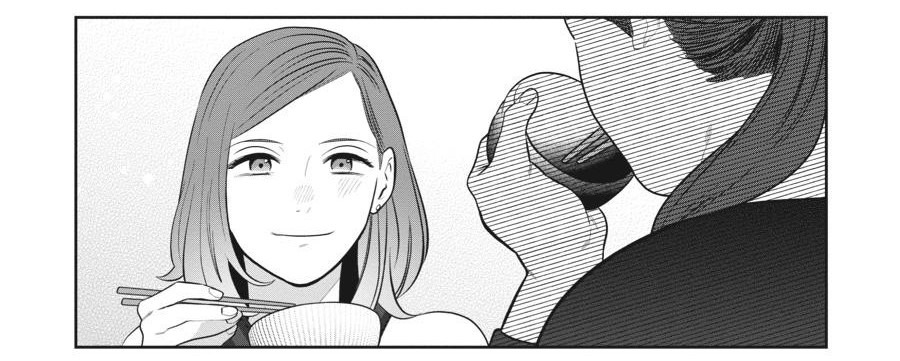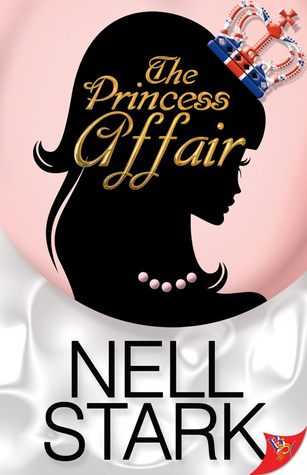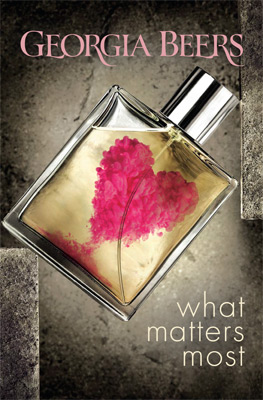We Used To Be Friends by Amy Spalding tackles a topic that I don’t see often in fiction — friend breakups. I’ve experienced a few friend breakups, and this book hits all the right notes.
Kat and James have been best friends since kindergarten, and had what seemed like an unbreakable friendship until senior year of high school, when they slowly begin drifting apart and choosing different goals as they start thinking ahead to college. While James keeps secrets from her best friend, Kat is falling in love with another girl for the first time, and figuring out a new identity for herself.
I first heard this book when Malinda Lo gave it a shout-out on Instagram. Although I don’t often read YA contemporary, I was intrigued by this one, and particularly by the unique formatting. Told in two first person perspectives, James’ chapters start from the end of her senior year and go backwards, while Kat’s chapters start at the beginning and go forward. In the middle of the book, their timelines cross paths and the chapters are chronological for a while, but then part ways again. I had never heard of a book formatted that way, and I thought it sounded neat!
Unfortunately for me, jumping forward and backward was not as fascinating as I thought it would be, and only made me feel confused rather than intrigued. While at times it was bittersweet to have the contrast of different phases of their friendship, often the characters’ reactions to events in the story felt disjointed. When Kat reacted to things James did at the beginning of the book, I had trouble remembering what exactly had happened. When James reacted to things Kat did at the end of the book, I was confused without any points of reference. While the story itself and characters were very good, my reader experience with this book is mostly just confusion.
The formatting did impress me on one count. It didn’t give away all of the surprises, which was cleverly done. At first as I was reading, I was disappointed because I thought I knew exactly what would happen, but just enough information was given, and likewise withheld, to maintain a few surprises.
But let’s talk about what I loved. Friend breakups! They’re so difficult, everyone goes through them, but people so rarely talk about them with the gravitas they deserve. In We Used To Be Friends, the reasons for James’ and Kat’s friend breakup are varied, and I loved that, because I think they make the book relatable to a wider audience.
One of the reasons for the breakup is Kat’s new relationship with another girl. As she discovers her bisexuality and starts a new relationship, James is left feeling left out. She is not homophobic, and is supportive of Kat, but still feels left out and alone during a time when she needs her best friend. Quinn (Kat’s girlfriend) is a wonderful character. Honestly, she was my favorite in the book. Although Quinn’s character does come between the friendship of our main characters, she was never made to take the blame for it, and I was grateful for that.
Something I loved is how Kat stands up for her new identity, and makes it very clear at different points in the text that she’s bi, and what that means for her.
“I never said I was a lesbian. There are all sorts of ways to be into girls, you know.”
“I identify as bi. I like girls and boys and people who identify as both or neither, you know? But also right now I like Quinn and that’s all that matters.”
The content in this book is wonderful. And I highly recommend it. The bisexual representation is beautifully done, and I really appreciated how explicit it was. If I had read this book chronologically, and skipped around the book to read chapters in order, I think I would have thoroughly enjoyed it. But really, the only thing I didn’t like was my confusion with the formatting. So consider reading the chapters chronologically, or read it cover to cover, but whichever you choose, I think this is a fantastic book about a heartbreaking and very real topic.




